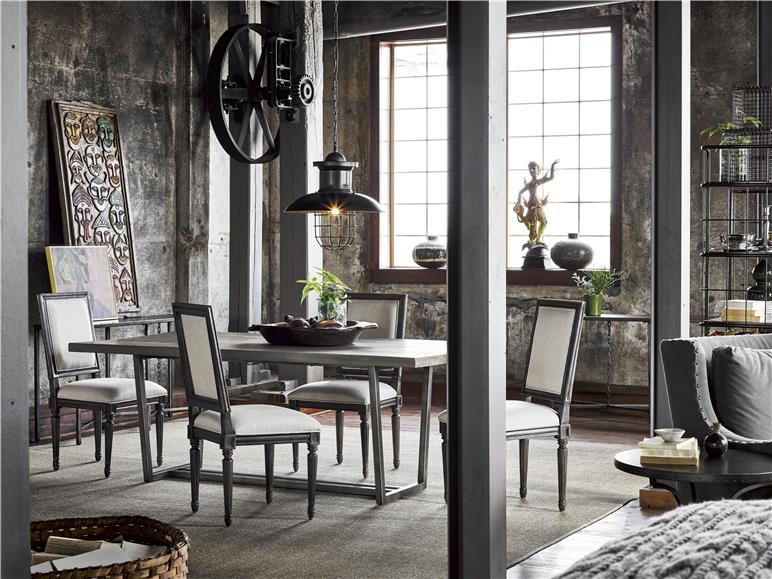The importance of texture in interior design

Although contrasting textures are important to the on-trend looks for 2018, they always add visual interest and inviting tactile warmth to your decor.
Including different textures in your home's decor always has an important positive impact, but trends this year emphasize the importance of texture in interior design for 2018.
Textures add visual appeal by providing contrasts -- hard and shiny metals, supple leather, floating sheers or openwork lace, soft afghans, textured paints or wallpapers on walls, or smooth, polished wood. Texture also invites people into the space. Seeing the contrasting textures isn't enough. Texture invites touching, and touching requires closeness. Because texture invites closeness, it also adds emotional warmth to your home.
Starting with your floors, area rugs provide a contrast with tile and wood floors. You can choose from a wide range of looks to complement any decor. Consider oval or rectangular braided rugs, sculpted rugs that create patterns with a combination of high and low loops or low loops and plush areas, and Middle Eastern or Oriental rugs that also bring popular trendy motifs into the room that you can repeat throughout the room.
You may not think of your walls as a place where you can add texture, but wallpaper manufacturers are featuring textured wallpapers made from grasscloth and fabrics such as damask that can be a source of subtle texture. Even paints can be applied in ways that add texture to your walls.
You can add texture to your windows with layered window treatments that include velvet or satin drapes over lightweight sheers or lace panels. Wooden window blinds or pull-down shades add another layer to consider.
Upholstery materials provide an easy way to add texture. Leather brings its supple surface, with a touch of a polished sheen. Tightly woven fabrics feel smooth to the touch while more loosely woven fabrics made from less tightly spun yarns or threads offer a casual look with a texture that is more pronounced to both the eye and hand. Pile fabrics may be dressy and formal like velvet or casual and informal like corduroy, but both bring softness. Wide or narrow wale corduroy also adds its distinctive ridges. You can also purchase decorative tile accents for the border where your walls and ceiling meet.
Textured wallpapers and textured paint can be applied to your ceiling, but we're not talking about that burst-of-popcorn look. You can also add decorative beams, wood planks, or shiplap.
Accessories offer opportunities for adding an amazing range of textures. When you think of mirrors and metals you probably think of a smooth, polished look that reflects light around the room, but warm gold, brass, and bronze are replacing cool silver in popularity. Both metals and ceramics can be moulded with textural details that can even be sharp-edged, belying the cool, smooth feel that may be the first texture that comes to mind. Ceramics can also add colour to a neutral room or bring neutrals into a colourful room. Pillows throws, and afghans also add texture. Pillows can be made of the same wide range of fabrics that are used for upholstery fabrics and more. Crocheted and knitted afghans can range from open, lacy textures to popcorn stitches and fisherman's knit patterns. Even quilted throws can be sculpted by stitching into overall background patterns or geometric shapes.
You have a wealth of ways to add texture to your room whatever your decor style.




